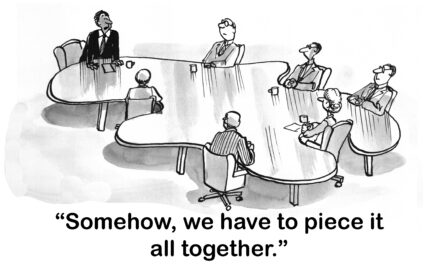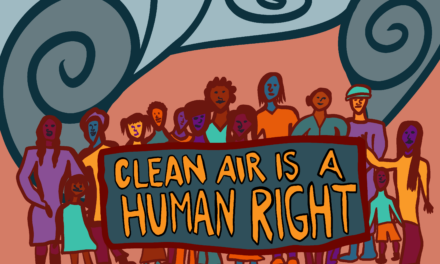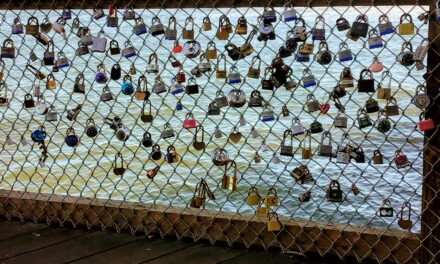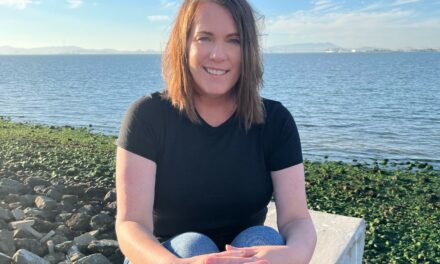Coalescing as a Region Around Sea Level Rise Response
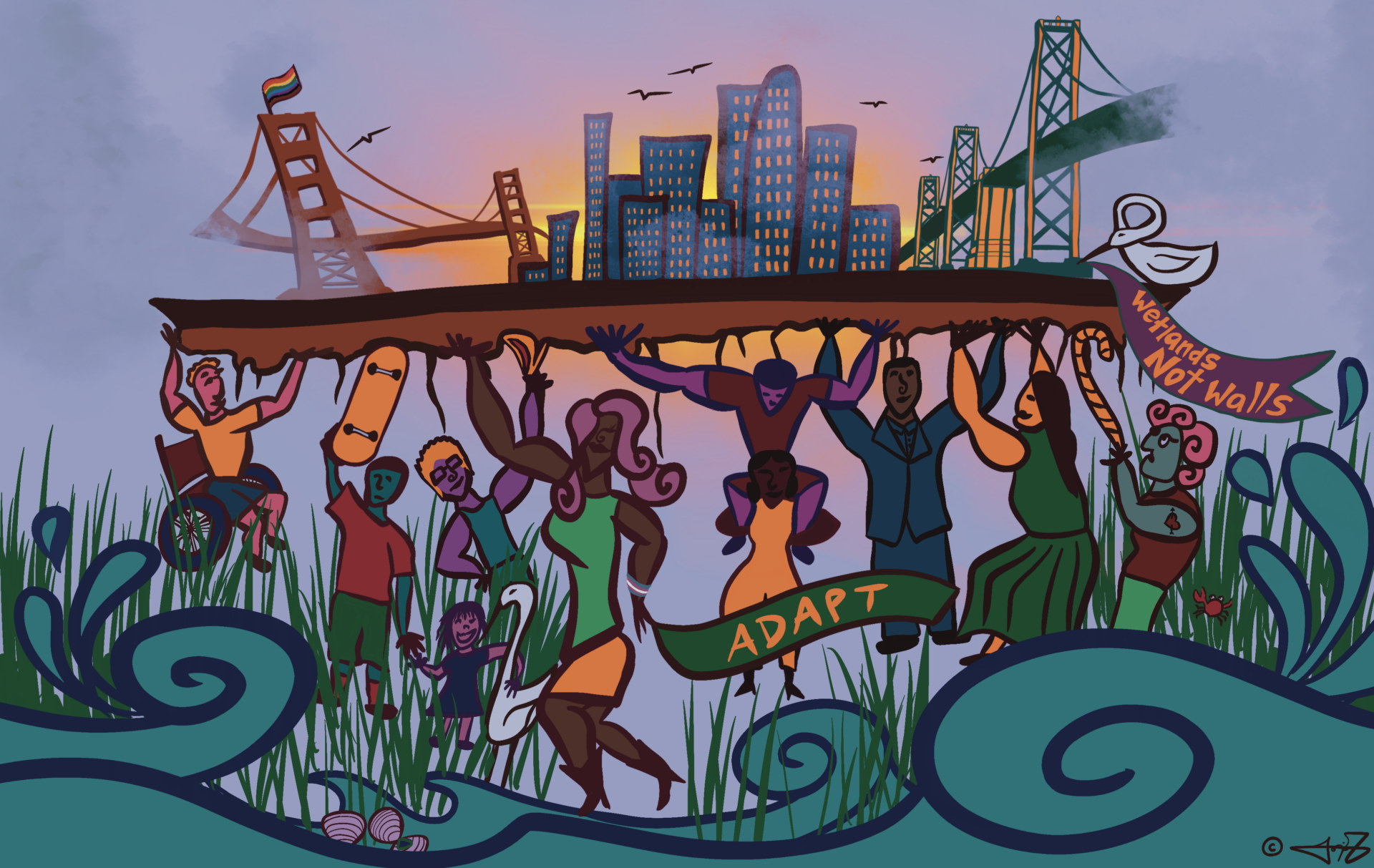
Regional leaders approved a joint platform of nine actions and 21 tasks this June aimed at galvanizing the Bay Area into collaboration on sea level rise adaptation. Actions range from rooting planning in communities to raising more money for resilience and making the best local science and technical support accessible to all. The platform also “centers the most vulnerable” – 28,000 disadvantaged people in the future flood zone and wildlife in drowning wetlands. Leaders approving the platform commended the effort to address so many governance challenges and channel so many diverse opinions: “Corralling this to where it is today quite a feat,” said the Bay Area Council’s Adrian Covert; “This document gets the balance between local responsibility and the regional role of a catalyst and supporting force pretty darn right, ” added Marin County’s Jack Liebster; “What is a platform? It is something to stand on moving forward,” summed up Mark Lubell of UC Davis.
The platform walks “hand-in-hand” in terms of sea level rise adaptation with another major regional planning document responding to climate change, Plan Bay Area, according to BCDC’s Jessica Fain. While in the past, Plan Bay Area focused more on where to locate housing and transit hubs, the latest version from the region’s government planners (MTC-ABAG) raises some deeper questions about where we’re at: “Does the region strategically move from isolation and fear into a future that is more affordable, diverse, connected, healthy and vibrant for every Bay Area resident, or do we continue down a path of inequality?”
More
First published in RARA Review, July 2021.
Other Recent Posts
Slow Progress on Shade For California’s Hottest Desert Towns
Coachella Valley communities face record temperatures with little shade. Policy changes lag as local groups push for heat equity.
In Uncertain Times, the Port of Oakland Goes Electric
A $322M grant powers Oakland’s port electrification — cleaning air, cutting emissions, and investing in community justice.
Testing Adaptation Limits: Mariposa Trails, Marin Roads & San Francisco Greenspace
In KneeDeep’s new column, The Practice, we daylight how designers, engineers and planners are helping communities adapt to a changing climate.
ReaderBoard
Once a month we share reader announcements: jobs, events, reports, and more.
Boxes of Mud Could Tell a Hopeful Sediment Story
Scientists are testing whether dredged sediment placed in nearby shallows can help our wetlands keep pace with rising seas. Tiny tracers may reveal the answer.
“I Invite Everyone To Be a Scientist”
Plant tissue culture can help endangered species adapt to climate change. Amateur plant biologist Jasmine Neal’s community lab could make this tech more accessible.
How To Explain Extreme Weather Without the Fear Factor
Fear-based messaging about extreme weather can backfire. Here are some simple metaphors to explain climate change.
Live Near a Tiny Library? Join Our Citizen Marketing Campaign
KneeDeep asks readers to place paper zines in tiny street libraries to help us reach new folks.






